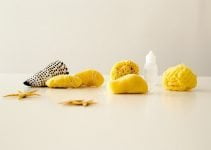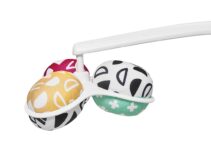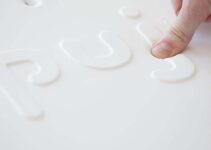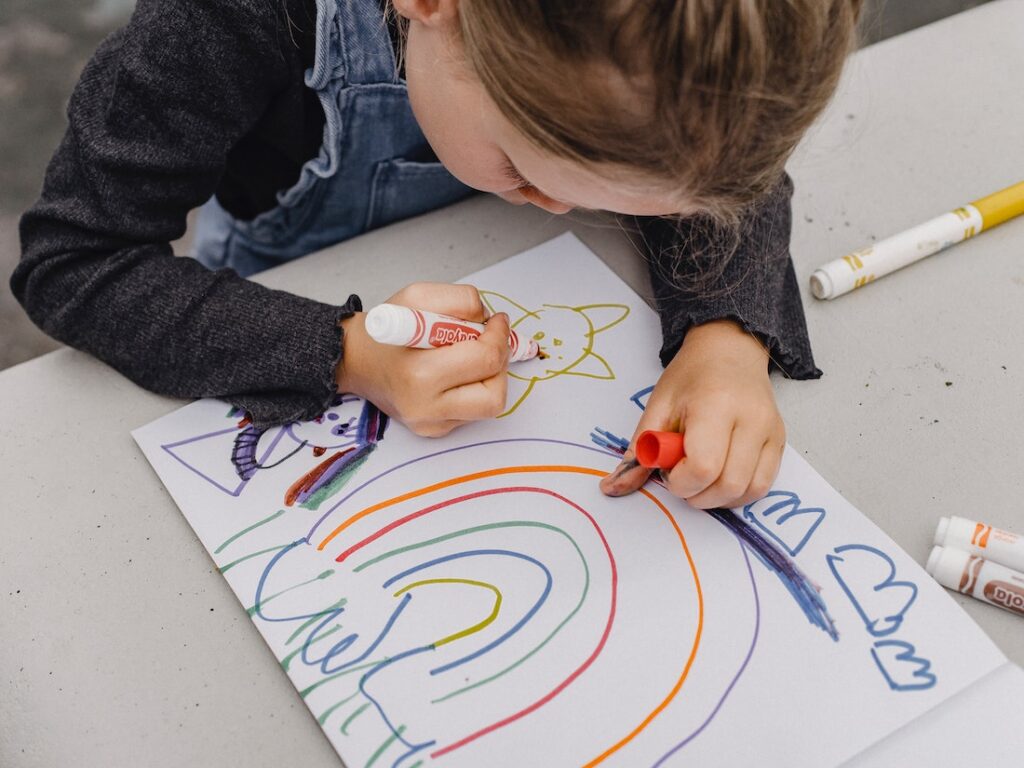
Most babies like testing new toys and objects by putting them in their mouths. It’s thus not surprising to find children chewing on the toys and everything that crosses their path.
But as a parent whatever your baby puts into her mouth is of much significance.
Disclaimer: This post might contain affiliate links. In case you buy through these links, we might receive a small commission, which helps us operate this website. Learn more here.
Crayola markers are easy to find with babies. What if you find your young one chewing on a Crayola marker? Should you be worried? Are Crayola markers toxic to babies?
Read on to find out if Crayola markers are safe with babies.
What are Crayola Markers?
Crayola is a reputed American company and has been in operation for more than one hundred years. The company specializes in supplying art-related products, Crayola markers included.
Crayola markers comprise six components;
- Plastic barrel
- Color solution
- Cotton filament
- Plastic cap
- End plug
- Porous plastic nib
As for the ink (color), the company uses water-based dyes. Nevertheless, the company considers it a trade secret and thus doesn’t list down the ingredient details used for markers.
Are Crayola Markers Toxic to Babies
A baby chewing on a foreign object, including the Crayola marker, causes much concern to a parent. But the plain truth is that the Crayola markers are non-toxic to babies.
Thus, when you find your little angel licking or chewing pieces of the marker, it shouldn’t cause you to panic.
But that doesn’t mean your toddler is free to feed on the Crayola marker! If anything, they aren’t food! However, there are plenty of reasons to alert on watch when your baby plays around with Crayola markers.
According to the manufacturer, Crayola markers have no harmful ingredients. And if there are, it’s of the almost negligible amount that won’t affect human beings.

What if a Baby Consumes Crayola Markers?
According to the manufacturer, Crayola markers have no toxic ingredients to the threshold that can harm humans. Therefore, it’s safe if the baby accidentally inhales or chews bits of the Crayola marker.
However, when the child consumes a significant quantity of the marker, it may cause discomfort in the following ways;
- stomach upset
- nausea
- headache
- diarrhea
When you bump into a child eating the marker, stop her immediately.
 Can Crayola Marker Tip Chock a Baby?
Can Crayola Marker Tip Chock a Baby?
While coloring, the baby can fiddle around with the marker tips so that it ends up in her mouth. And if she consumes a large chunk of the marker, it can get stuck in her throat and choke her.
Some signs of choking are:
- Inability to produce any sound
- Emitting high pitched sound as she breathes in
- difficulty in breathing (ribs and chest moves inward)
- skin turns blue
- coughs, but nothing comes out
If your child displays such signs and symptoms, panicking doesn’t help. Instead, seek professional help quickly.
But the likelihood of choking is very slim. Babies without teeth have minimal chances of biting off the tip of the Crayola.
On the other hand, older children with teeth are more likely to chew the tip into tiny pieces. But still, it is advisable to keep watch while the child plays with the toys to prevent the possibility of choking.
Are Crayola markers safe on the skin?
According to the manufacturer, Crayola markers use water-based ink, dyes, and water. The company is secretive and doesn’t give a breakdown of the finer bits of the ingredients.
Instead, it says the ingredients exclude usual allergens such as nuts, casein, milk, sesame, whey, fish, shellfish, and eggs.
Furthermore, all Crayola products have approval marks from the Art and Creative Material Institute, ACMI. That implies the markers have undergone quality testing by leading toxicologists and bodies.
For that reason, it has limited chances of causing allergic reactions to the baby’s skin. But there is an exception; during the manufacturing, packaging, and distribution process, latex gloves may be involved.
When the baby marks her skin with the crayons, it won’t leave behind a permanent stain. Being water-based, it’s easy to wash away from the skin. Hence when you find your toddlers making marks on their arms and other body parts using Crayola markers, don’t panic.
Even though they are not toxic to the skin, the manufacturer highly discourages using Crayola markers as lipstick and eyeliners.
How Do You Stop a Baby from Chewing Crayola Markers?
Babies and toddlers are sometimes prone to chewing things. One such stage where you may find your toddler chewing Crayola markers and other hard substances is the teething stage.
In such a case providing a teething ring for the baby is a safer and brighter idea. Besides, it helps alleviate teething pain. Further, it rules out the chances of the infant choking on the marker cap. Another alternative to teething rings is sensory chew.
Besides providing the teething ring, an adult should learn to keep items that are choking hazards away from kids. All adults and older kids must learn to store their markers after every use.
Some babies may also insert markers and odd objects in their mouths when seeking your attention. If that’s your case, slotting time to play and snuggle with the kids may help.
Conclusion
Crayola markers aren’t toxic to babies and toddlers when they ingest the substance in small quantities. However, when swallowed in large amounts, it can cause some minor problems, such as stomach upset and vomiting for some time.
Further, considering the size of the markers and the removable cap, it can choke your young ones. And since the product wasn’t designed to be edible, it’s wise to keep it off the mouth.
However, if the child eats the Crayola marker accidentally, know that it’s not toxic. Therefore it’s wise to keep watch on the baby as she plays with the items.

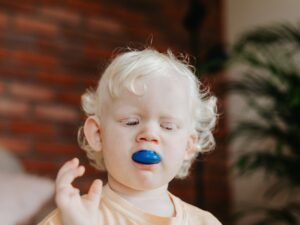 Can Crayola Marker Tip Chock a Baby?
Can Crayola Marker Tip Chock a Baby?
